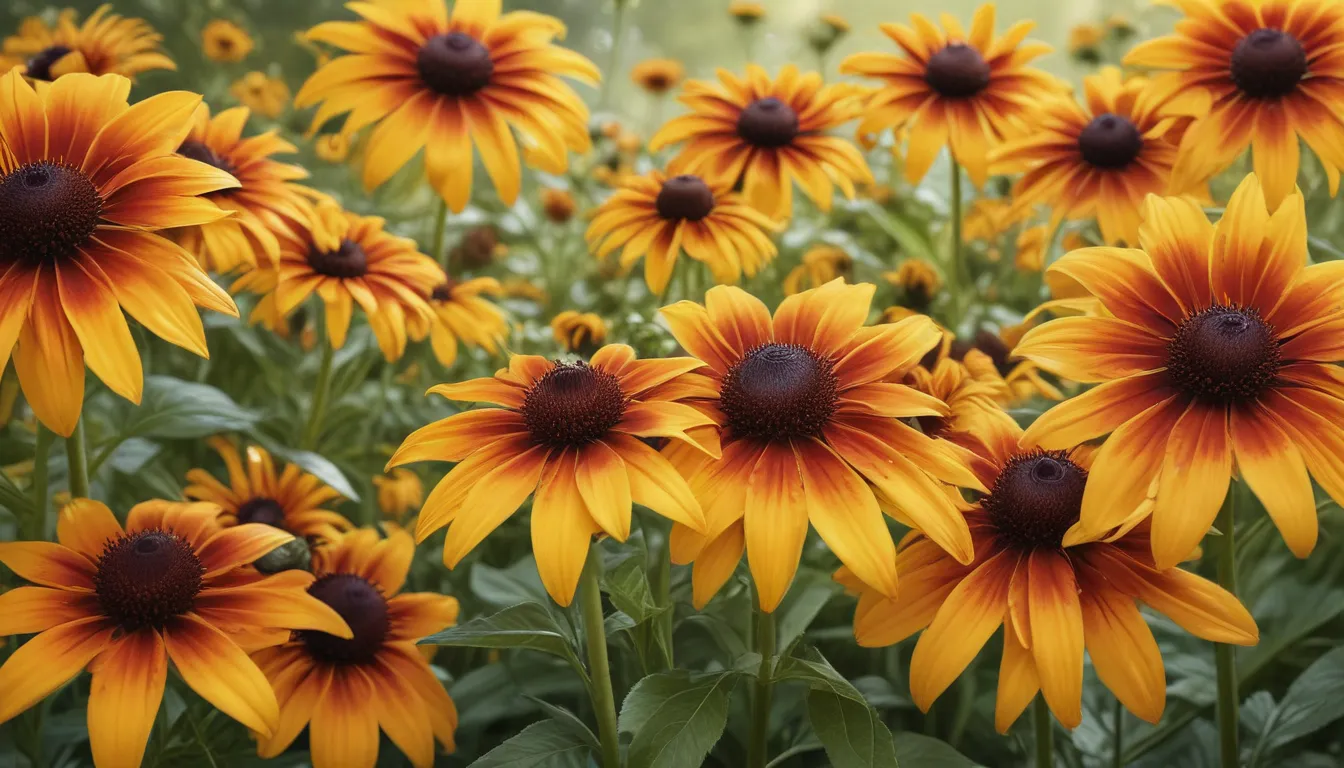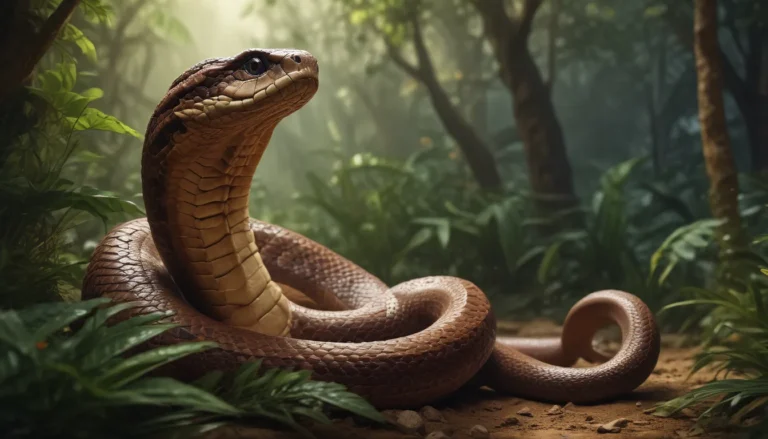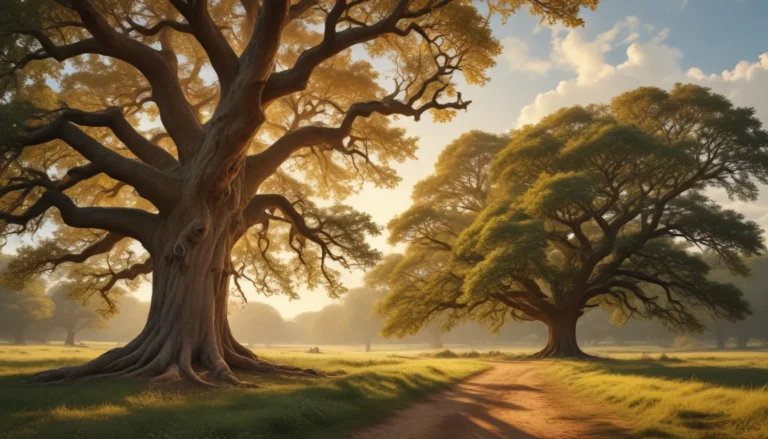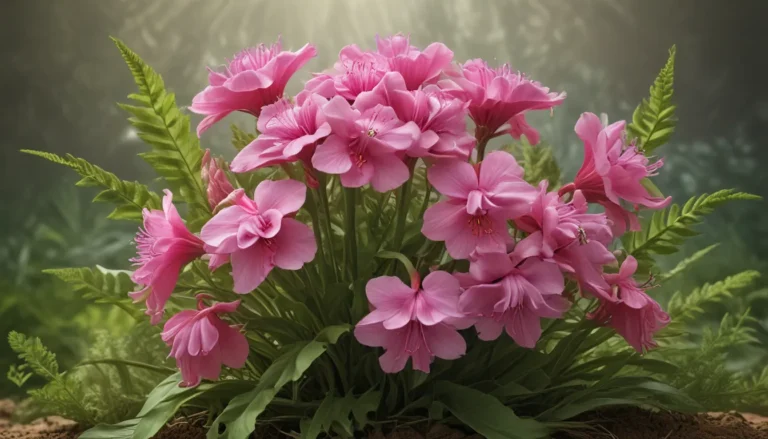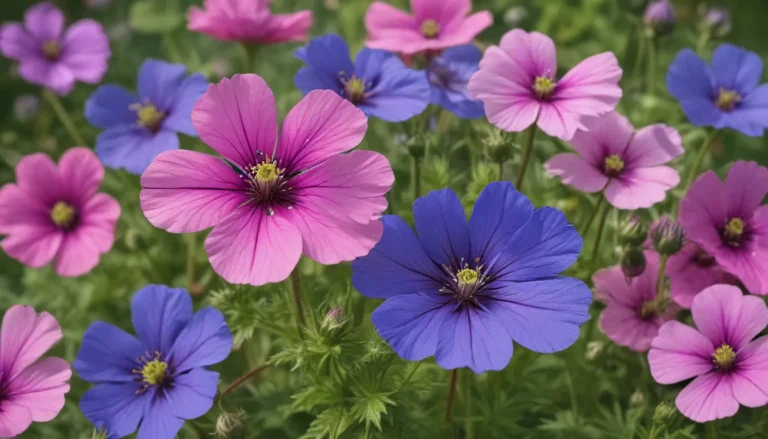The pictures we use in our articles might not show exactly what the words say. We choose these pictures to make you interested in reading more. The pictures work together with the words but don’t take their place. The words still tell you the important facts.
Rudbeckia, commonly known as Black-Eyed Susan, is a captivating flower that has enchanted gardeners and nature lovers for generations. Its vibrant yellow or orange petals with a dark center bring a burst of color and vibrancy to any garden or landscape. But beyond its visual appeal lies a world of fascinating facts and unique qualities that make Rudbeckia truly extraordinary. Join us as we delve into 18 intriguing facts about Rudbeckia that will deepen your appreciation for this beautiful plant and enhance your knowledge of its remarkable characteristics.
Discovering the World of Rudbeckia:
- Rudbeckia, also known as coneflowers, are vibrant and adaptable plants that attract pollinators and beneficial insects. They have a long blooming period and are easy to grow from seeds, making them a perfect choice for low-maintenance gardens.
- The colorful Rudbeckia flowers have medicinal properties and can be used in natural dyes. They are also deer resistant and symbolize encouragement and motivation. These extraordinary plants are a favorite among butterflies and are a staple in prairie and wildflower gardens.
Unveiling the Beauty of Rudbeckia:
Rudbeckia, a member of the sunflower family, Asteraceae, is a stunning flowering plant native to North America. Its flowers come in a variety of colors, from bright yellow and orange to striking red and even bi-color combinations, adding a splash of color to any garden.
Embracing the Diversity of Rudbeckia:
The most common species of Rudbeckia is Rudbeckia hirta, also known as black-eyed Susan. This species is renowned for its striking bright yellow petals with a dark brown or black center. Rudbeckia flowers are not only visually appealing but also a magnet for pollinators.
Harnessing the Power of Rudbeckia:
Rudbeckia flowers attract a wide range of pollinators, including bees, butterflies, and birds, playing a vital role in supporting ecosystem health and biodiversity. These plants are highly adaptable, thriving in various growing conditions and tolerating different soil types.
Nurturing Rudbeckia in Your Garden:
Rudbeckia flowers have a long blooming period, typically from early summer to fall, providing continuous color in gardens throughout the growing season. They are relatively easy to grow from seeds and make excellent cut flowers for floral arrangements.
Exploring the Medicinal Secrets of Rudbeckia:
Traditionally, Rudbeckia plants have been used for their medicinal properties by Native American tribes. The roots of Rudbeckia were used to make herbal remedies believed to have immune-boosting and anti-inflammatory effects.
Unveiling the Perennial Beauty of Rudbeckia:
While Rudbeckia hirta is an annual plant, there are several perennial species of Rudbeckia that can come back year after year, providing ongoing beauty in the garden. Rudbeckia flowers not only attract pollinators but also beneficial insects that help control pests.
Embracing Companion Planting with Rudbeckia:
Rudbeckia is often used in companion planting to benefit other plants in the garden. It attracts beneficial insects, repels pests, and provides shade to neighboring plants. The petals of Rudbeckia flowers can also be used to create natural dyes in various colors.
Savoring the Edible Delights of Rudbeckia:
The seeds of Rudbeckia plants are edible and can be roasted for a nutritious snack or added to salads and baked goods. Rich in protein, fiber, and healthy fats, Rudbeckia seeds offer a unique culinary experience.
Drawing Inspiration from Rudbeckia:
Rudbeckia is a symbol of encouragement and motivation, thanks to its vibrant colors and resilience. It symbolizes strength and serves as a reminder to stay positive and persevere in challenging times. Butterflies are particularly fond of Rudbeckia flowers, making them a favorite in gardens.
Creating a Deer-Resistant Haven with Rudbeckia:
If you have deer visiting your garden, Rudbeckia can be a reliable choice as these plants are deer resistant. They are a staple in prairie and wildflower gardens, adding natural beauty to landscapes with native and wildlife-friendly plantings.
Conclusion:
In conclusion, Rudbeckia, also known as Black-Eyed Susan, is a captivating and versatile plant with a rich history and numerous benefits. From its vibrant flowers to its ability to attract pollinators and support wildlife, Rudbeckia is one of nature's extraordinary gifts. Whether you're a gardening enthusiast or simply appreciate the wonders of nature, exploring the world of Rudbeckia is a captivating experience that is sure to leave you inspired.
FAQs: Your Rudbeckia Questions Answered
-
What is Rudbeckia?
Rudbeckia, commonly known as Black-Eyed Susan, is a flowering plant in the sunflower family with bright yellow petals and dark brown centers. -
How tall does Rudbeckia grow?
Rudbeckia can grow between 1 to 3 feet tall, depending on the specific variety and growing conditions. -
What are the ideal growing conditions for Rudbeckia?
Rudbeckia thrives in full sun to partial shade and prefers well-drained soil. It can tolerate various soil types, including clay and sandy soil. -
Is Rudbeckia a perennial or an annual plant?
Rudbeckia can be both perennial and annual, depending on the species. Some are perennials, coming back each year, while others are annuals needing replanting. -
How do I care for Rudbeckia?
Rudbeckia is low-maintenance, requiring regular watering and deadheading spent flowers for continuous blooming. -
Can I grow Rudbeckia in containers?
Yes, Rudbeckia can be grown in containers with good drainage and well-draining potting mix. -
Does Rudbeckia attract pollinators?
Yes, Rudbeckia attracts pollinators like bees, butterflies, and hummingbirds with its nectar-rich flowers. -
Are there pests or diseases that affect Rudbeckia?
Rudbeckia is generally resistant to pests and diseases but can sometimes develop powdery mildew in humid conditions. -
Can I divide Rudbeckia plants?
Yes, Rudbeckia plants can be divided every few years to promote healthy growth. -
Are there different varieties of Rudbeckia?
Yes, there are numerous varieties of Rudbeckia, each with unique characteristics like Rudbeckia fulgida, Rudbeckia hirta, and Rudbeckia triloba.
Whether you're an avid gardener or simply curious about nature's wonders, Rudbeckia is a plant that offers beauty, versatility, and a touch of magic to any garden or landscape. Embrace the world of Rudbeckia, and let its extraordinary secrets captivate your senses and inspire your gardening adventures.
